“Photography is an incredibly powerful medium. It captures a single moment and makes it last,” said Jane Nokes. “It can move us to tears or bring us to action.”
Nokes is a self-professed art junkie. She’s also the director of Scotiabank Group’s Corporate Archives and Fine Art Collection, the official sponsors of Toronto’s Contact photography festival, which will take over 175 of the city’s venues this May. Contact is now in its 19th year, and boasts a collection of 15 primary exhibitions, 12 public installations, 31 featured exhibitions and 116 open exhibitions.
This year, rather than working within a strict thematic framework, the festival will celebrate photography as an art without boundaries, aiming to demonstrate the wide range of talent within the field by showcasing a diverse selection of work. According to Darcy Killeen, the executive director of Scotiabank Contact Festival, the festival’s multiple venues across the city will serve to exemplify the festival’s diversity.
We’ve rounded up four highlights from the festival that are absolute must-sees:
Sarah Anne Johnson’s Best Beach (Public Installation)
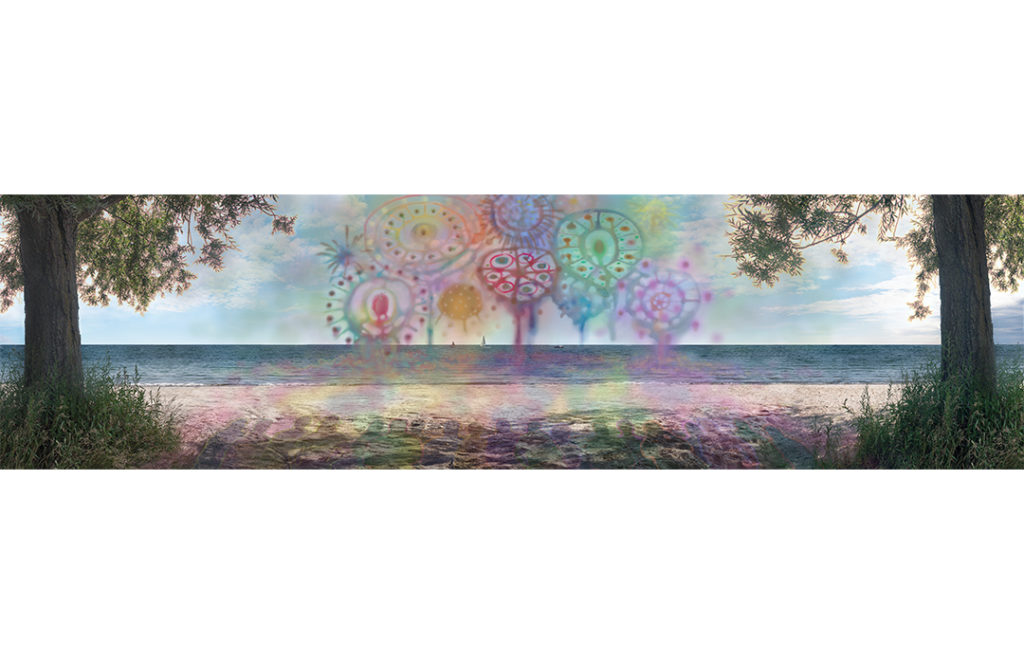
Situated near Toronto’s waterfront at the corner of Queens Quay and Bay Street is a large-scale mural titled Best Beach by Winnipeg-based artist Sarah Anne Johnson. At 144 feet long, the mural makes a big statement in the neighbourhood, where it will remain for at least three years. “You can’t miss it. It’s huge. It’s really, really huge,” said Johnson, laughing.
This is the artist’s first experience making a piece of public art. Johnson explained the difference between creating work intended for a gallery (where people are intentionally walking through the doors to see it), versus art intended for a public space. “You’re really inserting yourself into people’s lives, and it’s a huge responsibility,” she said. “It’s such an honour to be a part of beautifying your wonderful city.”
The piece is inspired by the Toronto Islands, and features an expansive coastline framed by two tall trees. In the centre, surreal-looking, dripping shapes resemble colourful mandalas. “It looks like a real space, but it’s actually a made-up space,” said Johnson, who layered several photos over one another to create the image.
Lorenzo Vitturi’s Dalston Academy (Primary Exhibition)
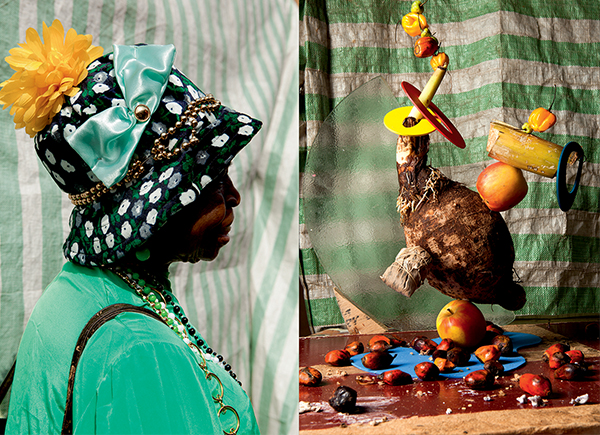
Italian-born Lorenzo Vitturi explores the changing London neighbourhood of Dalston in an exhibit located at the Contact Gallery. Dalston Anatomy is “all about [the neighbourhood’s] transformation in the past 10 years,” said the artist. His work is a mixture of photography, painting and sculpture and, as the festival’s artist director, Bonnie Rubenstein points out, it’s very experimental.
Vitturi said he has been collecting materials from the streets and in the markets, and bringing it all together to build temporary sculptures. Then, he was able to capture the process with photography.
Scotiabank Photography Award 2014 Winner Mark Ruwedel (Primary Exhibition):
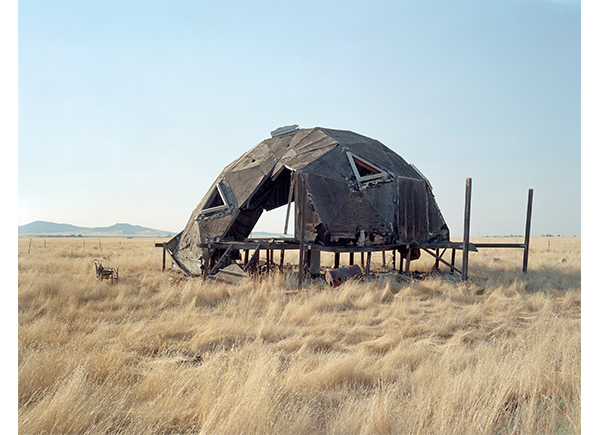
Mark Ruwedel has been hailed as one of Canada’s most internationally respected landscape photographers, and now, the Ryerson Image Centre is celebrating his career with a special survey exhibition. Ruwedel explores the cultural traces and physical imprints of human activity on land by documenting the western territories of the United States and Canada.
Part Picture (Primary Exhibition):
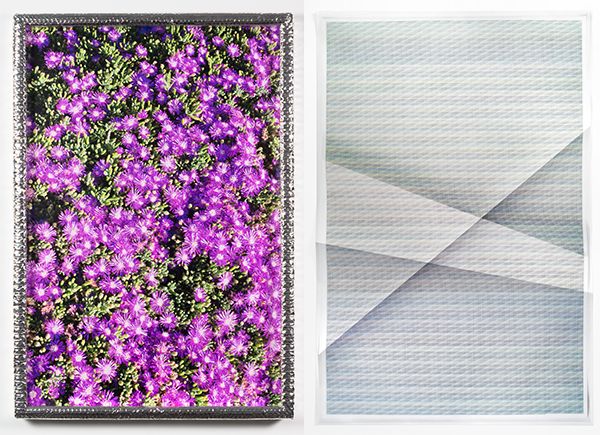
New York-based artist and writer Chris Wiley was invited to curate an exhibition titled Part Picture for Contact. The exhibition, hosted by the Museum of Contemporary Canadian Art, examines the state of photographic art in our day and age. “A group of young artists are responding to what I would say is a crisis in photography, precipitated by the image environment of the internet,” said Wiley. He cites social media applications like Facebook, Instagram and Snapchat as examples of the platforms that are changing the face of the industry. “We’re just inundated with images constantly,” he said.
Wiley believes that because of this, artists have become encouraged to move inward, back into themselves, into the studio and into the history of photography. The exhibition displays the work of a diverse group of artists that are all excellent examples of the new direction that photography is going in.
Past Picture: Photography and the Chemistry of Intention (Primary Exhibition):
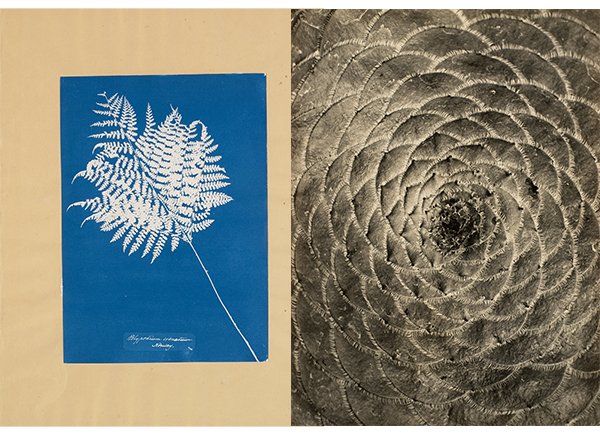
Past Picture is a study of the history of the art of photography, drawing on the extensive collections of nineteenth and early twentieth-century photographs at the National Gallery of Canada. Early prints by William Henry Fox Talbot and Surrealist images made from the mechanical process of “photogram” will come together to paint a picture of the evolution of photography.
Jonathan Shaughnessy, an assistant curator at the National Gallery of Canada, expressed his excitement after seeing proof in other exhibitions that contemporary photographers and artists working today are looking back at the past. This exhibition is relevant not only to our day, but especially to Contact—a festival that pays homage to the art and history of photography.
For a complete list of events and exhibitions, visit Contact’s website here.
